You just bought a new Canon lens and you want to make sure that it is calibrated correctly. Or maybe you have been having some problems with your shots and you’re not quite sure what’s going on. In either case, this article will help guide you through the process of calibrating your Canon lens. We’ll answer some common questions and provide some useful tips to help ensure that your lens is performing at its best. Let’s get started!
Why Do You Need to Calibrate Your Lenses?
There are a few reasons why you might need to calibrate your lenses. The most common reason is if you’re getting blurry or out-of-focus images, even when the lens is set to its sharpest setting. This can be caused by a number of factors, but it’s usually because the lens isn’t aligned properly with the camera sensor.
Calibrating your lenses will ensure that they’re correctly aligned, and should help improve the overall quality of your images. It’s also a good idea to do this if you’ve just bought a new lens, or if you’ve had your camera for a while and haven’t done it before.
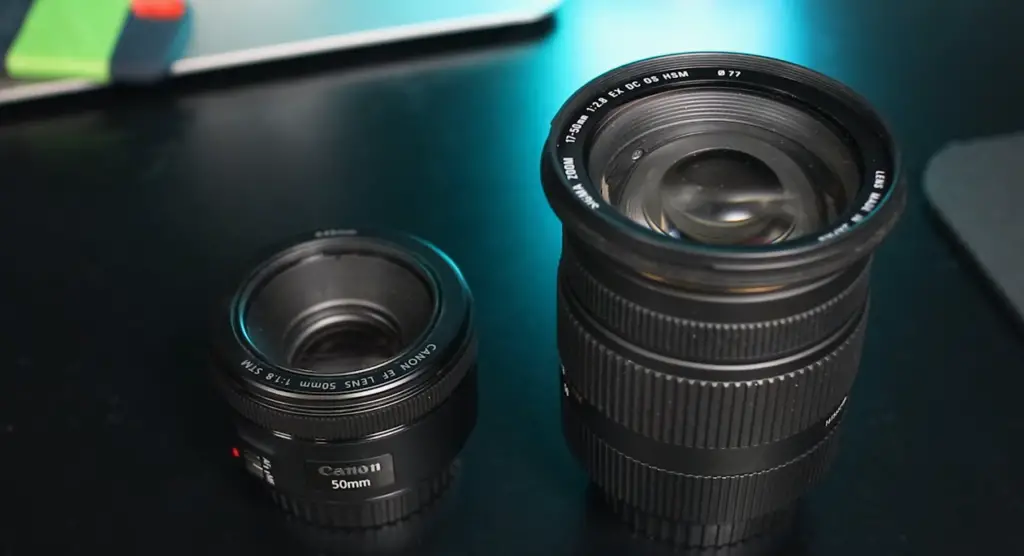
When Should You Calibrate Your Lens?
But how often should you calibrate your lenses? The answer isn’t as simple as “every X months,” because it really depends on how they function.
When you notice micro focusing issues
If you’re starting to notice that your images are slightly out of focus, it might be time to calibrate your lens. This is especially true if the problem seems to be getting worse over time, or if it’s happening with multiple lenses. Usually this is only the case if your camera is pretty old, or you’ve got a second-hand lens that wasn’t properly calibrated to begin with.
It’s also a good idea to calibrate your lenses if you’re going to be doing any critical photography, like shooting a wedding or taking landscape photos. In these cases, even a slight misalignment can ruin an otherwise perfect image.
When you get a new camera or lens
This will ensure that the lens is correctly aligned with your camera, and will help prevent any focusing issues down the road. By calibrating it yourself, you can ensure that it’s properly aligned with your camera sensor. [1], [2]
Accessing Calibration in the Camera Menu
Before we jump into the process of calibrating your camera, it’s important to know where to find the calibration settings.
If you already calibrated your lenses before, you usually won’t need to do it again. The reason for that, is because Canon saves the adjustment data of each lens as presets.
The exact steps needed to access the calibration settings will vary depending on your camera model, but they’re usually pretty easy to find. If you are confused, you can always access your camera’s manual and look up the specific steps.
On most Canon cameras, you’ll need to go into the “Menu” tab, and then find the “Custom Functions” (or “C.Fn”) menu. From there, you should go to the Auto Focus section and find the “AF fine tune” option. [1], [2]
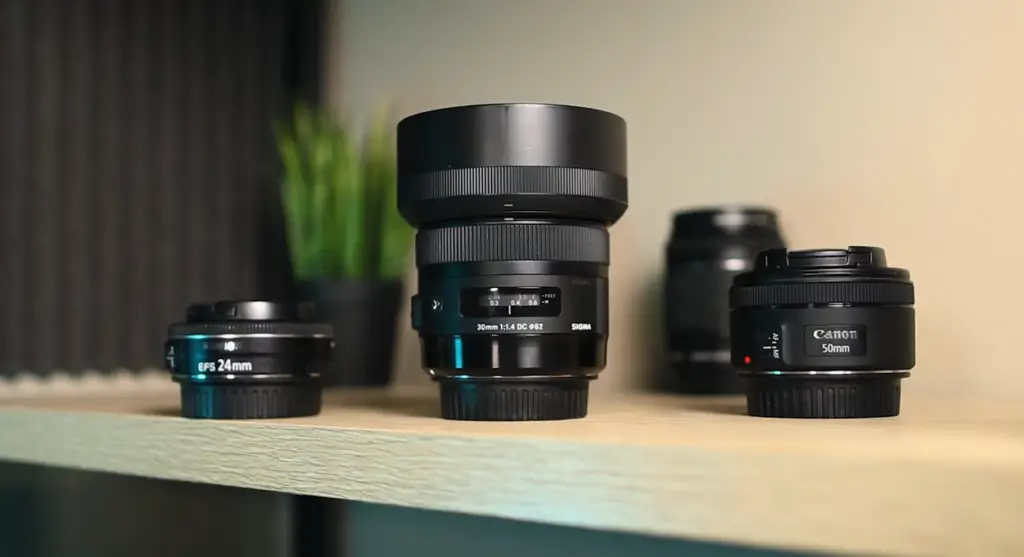
How Do You Calibrate Your Lenses?
Now that we know where to find the calibration settings, let’s go over how to actually calibrate a canon lens. As long as you have a relatively recent camera, the process is actually quite simple. However, calibration requires precision, so it’s important to follow the steps below carefully.
Always use the Optical Viewfinder
When you’re calibrating your lenses, it’s important to use the optical viewfinder rather than live view. The reason for this is that the image sensor in your camera can introduce slight distortions that throw off the calibration.
Set Up Your Calibrator
The only thing you’ll need to calibrate your lenses is a lens calibration tool. This can be something as simple as a ruler or a piece of paper with a straight edge. If you want to be extra precise, you can purchase a lens calibration tool like the Reikan FoCal Calibration Tool.
If your photos are coming out blurry or not as sharp as you’d like, it might be because your lens needs to be calibrated.
Set your camera on a tripod
When you’re calibrating your lens, it’s important to keep your camera perfectly still. The best way to do this is to put it on a tripod. If you don’t have a tripod, you can try to set your camera down on a flat surface like a table or shelf. Just make sure that it’s not going to move around when you take your photos.
Start by attaching your chosen lens to your camera body. Once the lens is attached, mount the whole setup on your tripod. If you’re using a DSLR, make sure that you turn off image stabilization (IS). Image stabilization can introduce slight distortions that will throw off the calibration process. [1], [2]
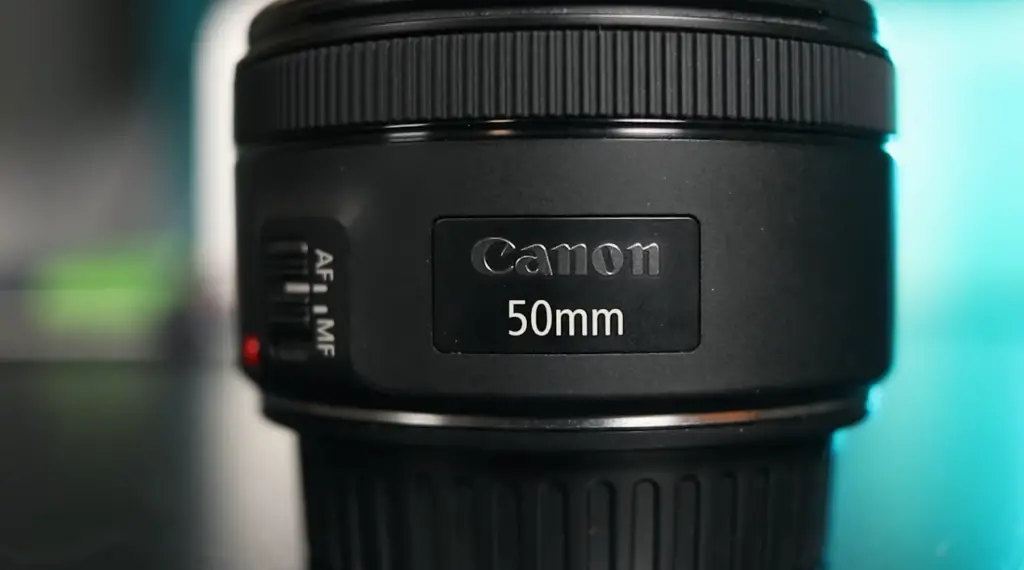
Calibrating with a Regular Calibrator
Let’s talk about how to calibrate your lens if you’re using a regular calibrator. You don’t need to spend hundreds of dollars on a specialized one, a simple focus pyramid will do the trick.
To start, you’ll need to lay out your calibrator on a flat surface. Make sure that the surface is level and there’s nothing else in the frame. Once you have your calibrator set up, take a few practice shots to get a feel for how it works. Make sure the calibrator is at least 6 feet away from your camera.
It also needs to be at the same level as your camera’s sensor. If it’s not, you’ll need to adjust the tripod until it is.
Now that your calibrator is set up, it’s time to start the calibration process. The first thing you need to do is set your lenses to the widest aperture. On most lenses, this will be f/0.95 or f/0.85. Once you’ve set the aperture, focus on the centerline of the calibrator. You can do this by using your camera’s autofocus or manual focus. Look through the viewfinder and make sure that the center line is in focus.
If it’s not, adjust the focus until it is. Once the center line is in focus, take a photo. It’s important to make sure that you use the same settings for all of your photos. This means using the same aperture, shutter speed, and ISO.
Calibrating with a ruler
If you don’t have a calibration chart, you can use a ruler or any other straight edge. Place the white poster board on the floor. Next, use a ruler to draw a line down the center of the board.
Now, choose a certain number on your ruler (it doesn’t matter which number) and place the ruler so that the number is lined up with the center line on the poster board. It’s important that the number is lined up perfectly with the centerline. Once you have the ruler in place, take a step back and look at it from a distance. If the number appears to be shifted to one side or the other, that means your lens is back or front-focusing.
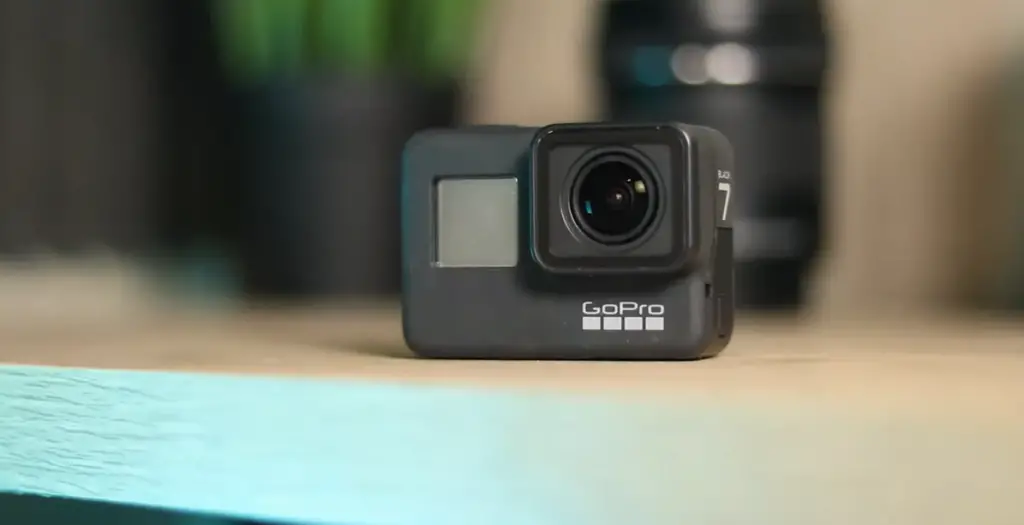
The next step is to set your camera on a tripod. You’ll want to make sure the tripod is level, so your camera is pointing down on the board. If your tripod doesn’t have a built-in level, you can use a small bubble level to make sure it’s level.
Once your camera is in place, look through the viewfinder and make sure that both the ruler and the center line on the poster board is lined up perfectly with the middle of the viewfinder. If it’s not, you’ll need to adjust your tripod until it is.
Now, set your camera to the Aperture Priority mode and choose the widest aperture possible.
Aperture priority mode is indicated by the letters “Av” on most cameras.
This mode is very useful for photographers who wish to have more control over their depth of field, or for those who need to shoot in low light conditions and require a wider aperture. And it can make the calibration process precise.
Now that your camera is in place and pointing at the middle line on the poster board, it’s time to focus. First, make sure your camera is set to autofocus. You can usually find this setting on the top of your camera body or on the back near the viewfinder.
Next, point your lens at the middle line on the poster board and half-press the shutter button. The autofocus should lock onto the line and you should see it come into focus in your viewfinder. If it doesn’t, try moving your lens closer to or further away from the line until it comes into focus. Once it’s in focus, take a picture. Again, we suggest against using a live view for this process as it can be less accurate.
Once you’ve taken the picture, review it on your computer screen to see if the line is in focus. If it’s not, that means your lens is back or front-focusing and you’ll need to adjust your camera accordingly. [1], [2]
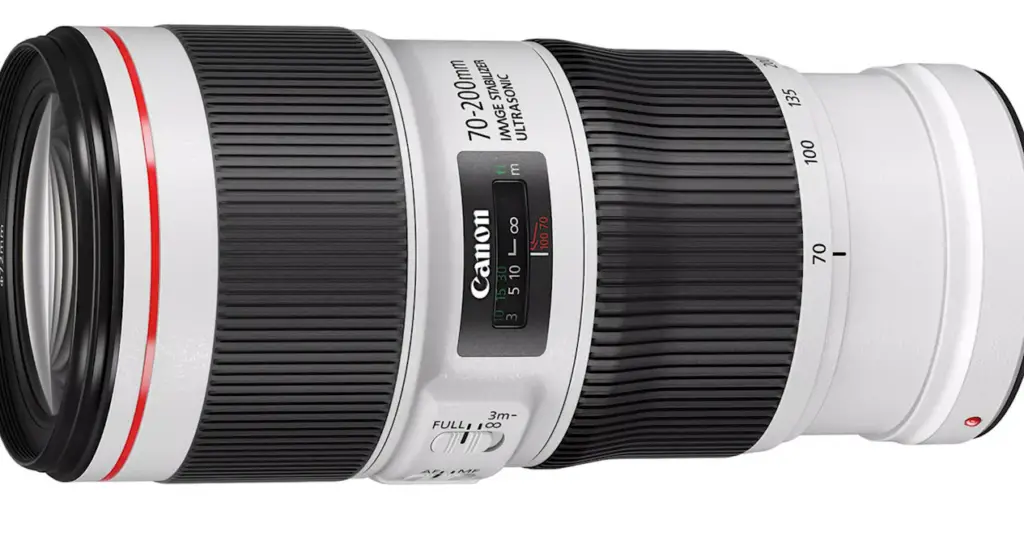
Adjusting Camera
But how much do you need to adjust it? This is where the process can get a little bit tricky, but we’ll walk you through it.
First, let’s start with an example. Let’s say that when you took the picture of the middle line, it was slightly out of focus and front-focused. This means that when you look at the image on your computer screen, the line will appear to be behind where it should be in focus. For front-focusing issues, you will need to adjust your camera up. If you have a back-focusing issue, you will need to adjust your camera down.
If you don’t feel confident using eyeballing the image, you can send your camera to a professional calibration service or you can use a focus chart. [1], [2]
Tethering the Camera
After you took the time to set everything up and take your pictures, the next step is to tether the camera to your computer. You may have trouble seeing the screen on the camera, so this will help you keep track of your settings and make sure they’re all correct. Plus, it’ll save your pictures directly to your computer so you don’t have to worry about losing them.
This is useful for many things, such as taking long exposures without having to hold the camera or setting up a shot and then being able to walk away and not disturb it. Tethering also allows you to use better software for post-processing your images, as well as giving you a larger preview image to work with when calibrating your lens.
There are two main ways to tether your camera to a computer: via USB cable or via Wi-Fi. USB tethering is faster and more reliable, but Wi-Fi tethering is more convenient as it doesn’t require you to have a physical connection between your camera and computer.
Before jumping into it, you first need to check whether or not your camera supports tethering. Almost all DSLRs and mirrorless cameras nowadays support tethering, but there are a few exceptions. For Canon cameras, you can check the list of supported models on the Canon website. If your camera is not listed there, it likely does not support tethering.
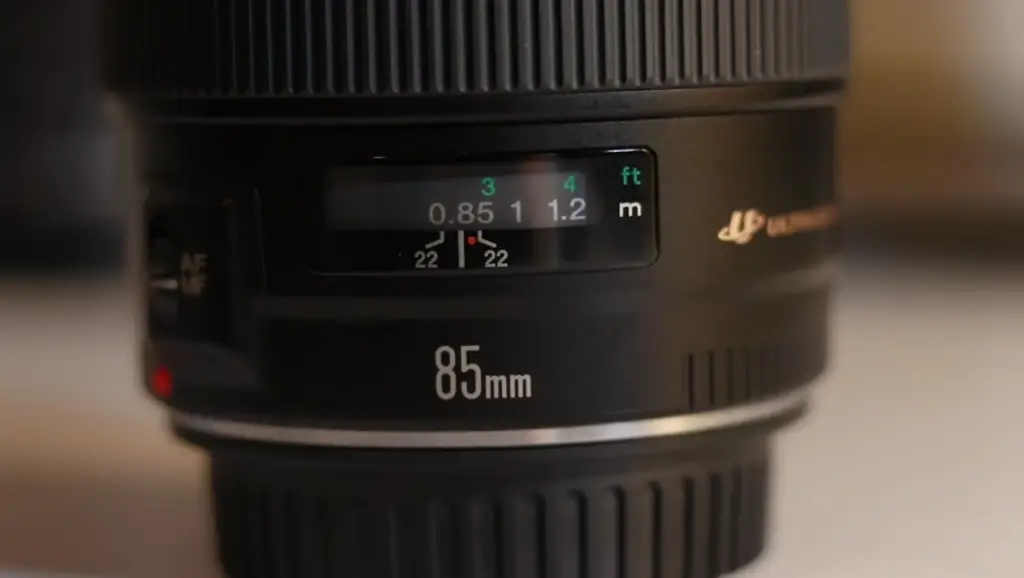
Once you’ve confirmed that your camera supports tethering, you need to choose which method you want to use: USB or Wi-Fi. If you’re using a recent camera, chances are it supports both methods. Older cameras may only support USB tethering, so if that’s the case then you’ll have to go with that option.
We will showcase how to tether your camera via USB cable since it’s the more common method, but the process is similar for Wi-Fi tethering.
First, connect one end of the dedicated USB cable to your camera and the other end to your computer. Once you’ve connected the USB cable, turn on your camera. On most cameras, there will be a menu setting that allows you to choose how the camera behaves when it’s connected to a computer via USB. Check your camera’s manual to find out where this setting is. You will want to choose the setting that allows for image transfer between both devices.
Now it’s time to choose the software you want to use for tethering. Canon offers its own software called EOS Utility. However we suggest you use third-party tethering software like Adobe Lightroom or Capture One Pro. These programs offer more advanced features than Canon EOS Utility, and they work with a wider range of cameras. They’re also more user-friendly, which is important if you’re just getting started with tethering.
Once you’ve installed the software of your choice, open it up and follow the instructions for tethering your camera. The process will vary depending on which software you’re using.
In Lightroom for example, you will need to go to the File menu and choose Tethering. Make sure Lightroom recognizes your camera by checking the drop-down menu next to “Device.” If your camera is not listed, try restarting Lightroom and your camera.
Once you’ve set up tethering in your chosen software, you should see the live view image on your computer screen. You can now start taking pictures and they will be saved directly to your computer.
Now you can review your images in more detail on a larger screen and make any necessary adjustments to your settings. If you have calibrated the lens properly, the 0 (or center) of the calibration tool should be the sharpest. If it’s not, you can fine-tune the focus until it is.
If any number above 0 is sharper, this means your lens is back-focusing. If any number below 0 is sharper, this means your lens is front-focusing. If you get a sharper number below 0, you have a front focus.
To fix either of these issues, you will need to adjust the focus using your camera’s autofocus micro-adjustment setting. This is a feature that allows you to fine-tune the focus of your lens without sending it in for calibration. [2]
Fixing Focus on a Canon Camera
Changing the focus on a Canon camera is a pretty simple process. Just follow these steps:
- First, go into your menu and find the section called “Function” or “Custom Function.”
- Then, scroll down to find the Autofocus settings. Once you’re in the Autofocus menu, scroll until you find the “Micro Adjustment” setting.
Now you can choose whether to enable or disable microadjustment. If you want to adjust the focus, you will need to enable this setting.
Once microadjustment is enabled, you can tune your camera focus properly. We suggest you use Adjust by lens setting, which will calibrate all your Canon lenses at once.
You can also choose to adjust the focus for each lens individually. To do this, select the “Adjust by lens” menu and scroll until you find the “Peripheral illumination correction.”
This setting allows you to fine-tune the focus of your lenses without sending them in for calibration.
Adjust your focus until you can clearly see “0” as the sharpest number on the focus chart. [1], [2]
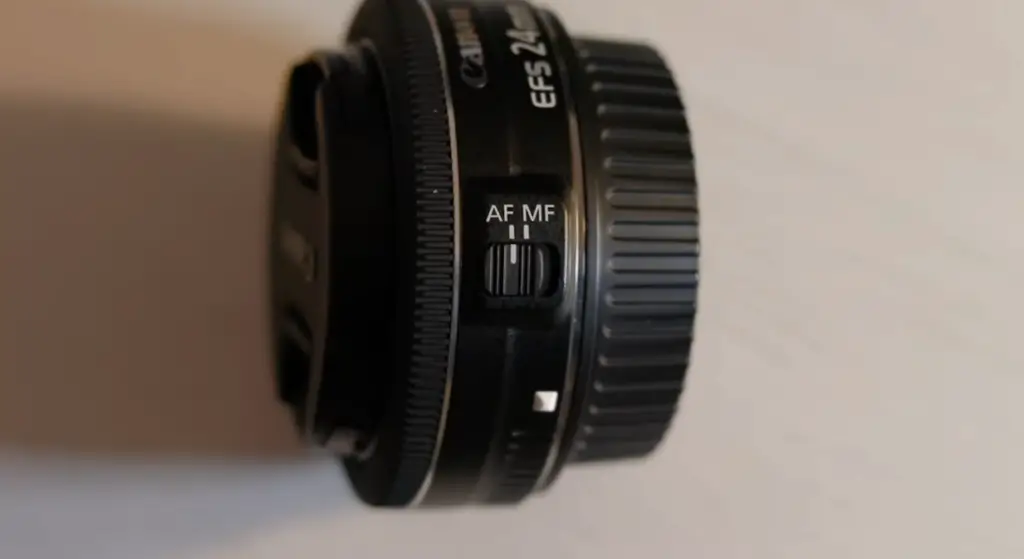
Calibrating Your Camera using software
If the methods above seem to be too much work, you can also use software to calibrate your camera. This process won’t be as precise as the methods we’ve described, but it’s still worth doing if you want to get the most out of your Canon camera.
First, you need to download and install the proper software. We recommend using Reikan FoCal. This software is designed specifically for calibrating DSLR cameras, and it’s very user-friendly. It also comes with its own calibration target, so you don’t need to buy one separately.
Tape the calibrator to your wall and position your camera about four feet away from it. Make sure the camera is level with the target, and that the lens is set to its widest aperture.
Now open the software and follow the instructions on the screen. Choose Full Automatic mode and let the software do its job in taking pictures.
After the software has taken enough pictures, it will analyze them and give you the results of the calibration. If everything is fine, you’re all set!
Now you will need to adjust the focus of your camera manually, based on the results of the software.
Keep in mind that software can only do so much, and it’s still best to calibrate your camera manually if you want the most accurate results. On top of that, Reikan is quite expensive, so it might not be worth the investment if you’re just a casual photographer. [2]
FAQ
How can I calibrate my lens at home?
If you want to calibrate your lens at home, there are a few things you need to do. First, make sure that your camera is set to wider apertures like f/11 or f/16. This will help you get a more accurate reading. Next, use a tripod and focus on an object that is at least 6 feet away. Set a calibration tool or a ruler horizontally in front of the lens, and focus on the center/certain area of it. Take a picture, and then check the focus. If it’s not accurate, adjust the focusing ring until it is. Finally, take another picture to make sure that the calibration is correct.
Do Canon lenses need to be calibrated?
The short answer is no, Canon lenses do not *need* to be calibrated. However, if you are noticing a consistent problem with your images appearing blurry or otherwise off-kilter, calibrating your lens may help to improve image quality.
How much does it cost to calibrate a Canon lens?
The cost of lens calibration can vary depending on the service provider. However, it typically costs around $100 per lens.
How can I calibrate my lens without a tool?
If you don’t have a lens calibration tool, there are a few things you can do to try and improve the accuracy of your focus. First, you can use a ruler or other straight edge to see if your lens is front or back focusing. To do this, focus on the certain number on the ruler and then align your focus point with that number. Take a photo and check the focus. If the number is not in focus, then your lens is back or front focusing. You can also send your camera and lens to Canon or another reputable camera repair company to have them calibrate it for you.
Useful Video: How to calibrate lens autofocus WITHOUT buying a tool! [Lens Calibration Tip]
Conclusion
Calibration is essential for every photographer, whether you’re a beginner or a professional. In this article, we’ve gone over the basics of what calibration is, why it’s important, and how to do it. As you can see, calibration can easily be done manually with simple tools like a ruler. For more precision however, we suggest you buy a special calibration target. If this seems like a hassle to you, you can purchase a calibration software which will do the entire job for you. We hope this guide was helpful in answering some of your questions about how to calibrate a Canon lens. If you have any other tips or tricks, feel free to share them in the comments below! Happy shooting!
References
- https://www.slrlounge.com/calibrate-lenses-simple-fix-blurry-images/
- https://expertphotography.com/lens-calibration/






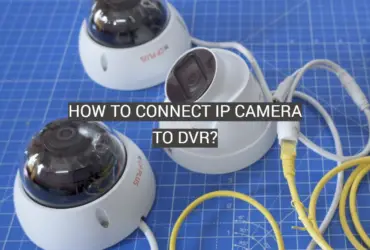



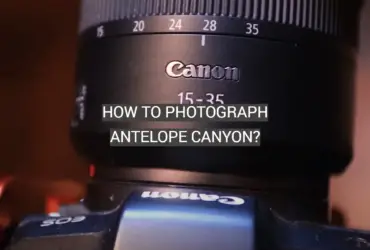
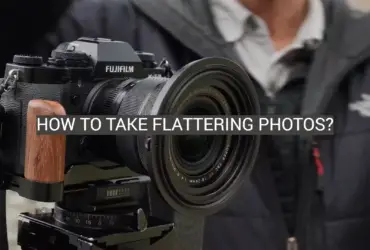
Leave a Reply